The ‘70s weren’t just a time of platform shoes, disco music, and shag carpets—they were also a golden era for dining out. Families would pile into the car and head to one of their favorite restaurants, whether it was for a special occasion or just because Mom wanted a break from cooking. These eateries weren’t just places to grab a bite—they were experiences. Some were decked out in funky décor, while others offered bottomless salad bars or tableside entertainment. Let’s take a trip down memory lane and revisit 13 beloved restaurants from the ‘70s and see what became of them.
1. Howard Johnson’s: The Orange Roof Inn

Few things defined the American roadside dining experience like a meal at Howard Johnson’s. Known for its 28 flavors of ice cream, fried clam strips, and iconic orange-roofed buildings, this chain was a staple of family road trips in the ‘70s. At its peak, there were more than 1,000 locations across the U.S., serving up classic comfort food and nostalgia in every bite. Sadly, by the early 2000s, Howard Johnson’s had all but disappeared, with the last restaurant closing its doors in 2017. Still, for those who grew up stopping at HoJo’s, the memory of those familiar signs and friendly service will never fade.
2. Hot Shoppes: The Beginning of a Hospitality Empire
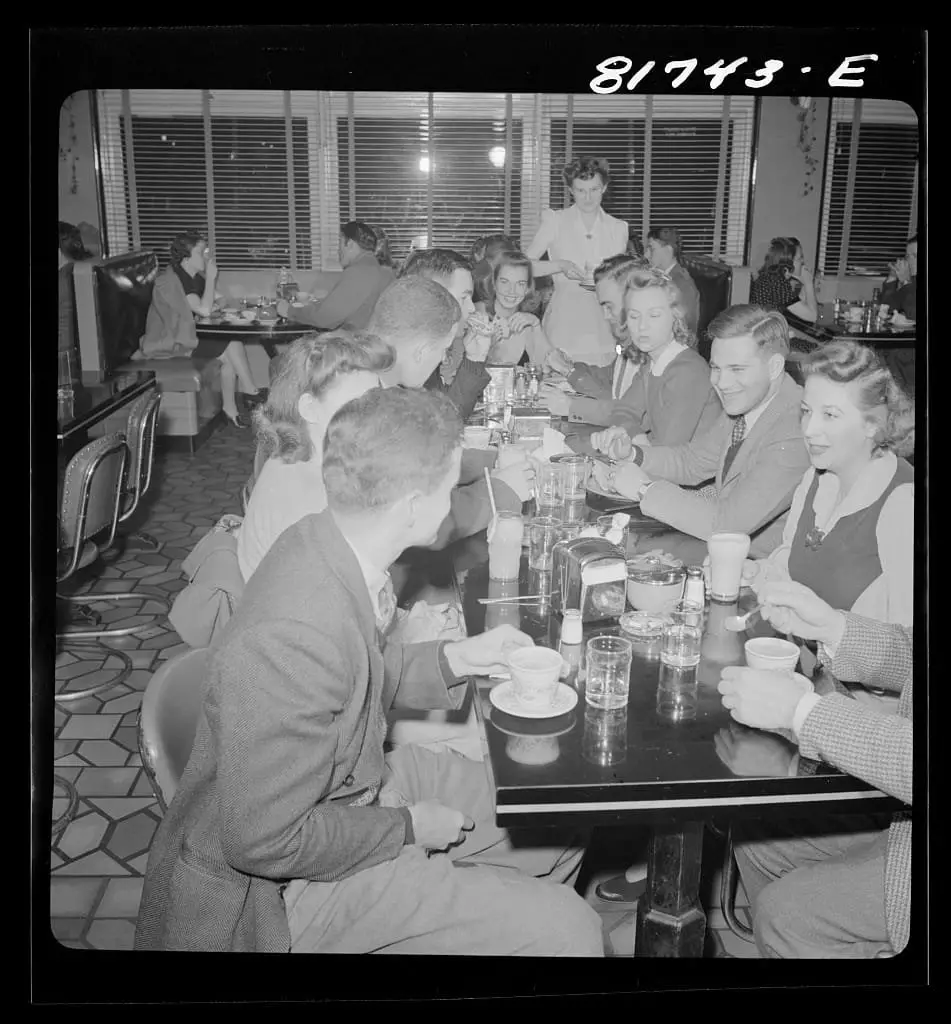
Before Marriott became known for its hotels, it was known for Hot Shoppes—restaurants serving up classic American fare like burgers, milkshakes, and chicken pot pie. In the ‘70s, Hot Shoppes was a popular place for families to dine out, with carhop service that made it a novelty. As Marriott shifted focus to hotels and hospitality, Hot Shoppes locations gradually closed. The last one shuttered in 1999, but for those who remember, it will always be a reminder of simpler times when grabbing a burger meant more than just a meal—it was a treat.
3. Burger Chef: Where Creativity Was on the Menu
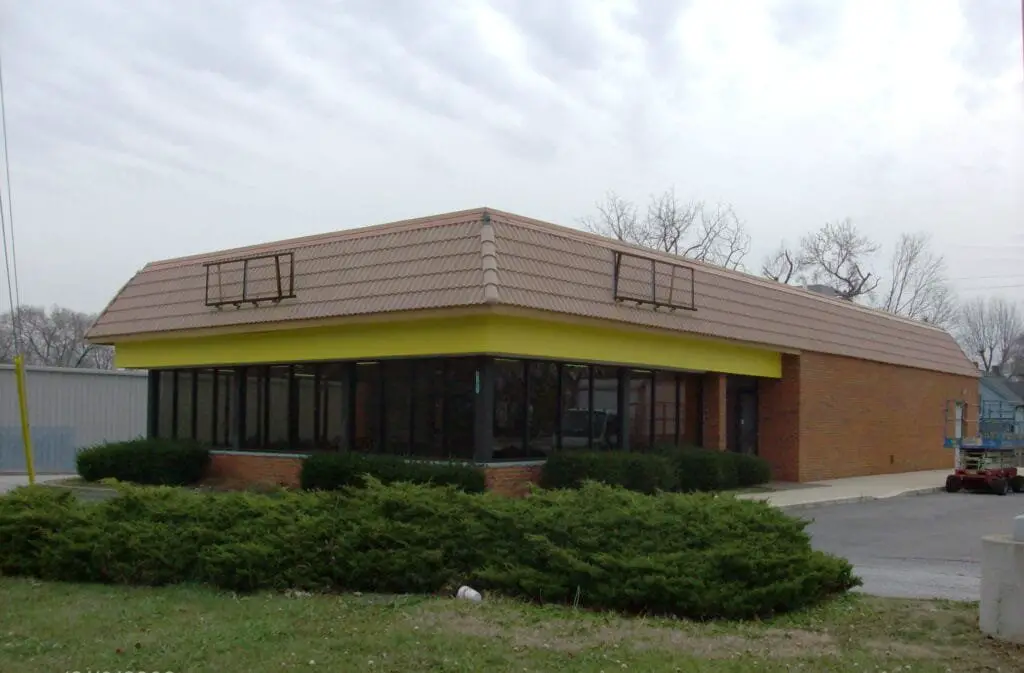
Burger Chef was a fast-food pioneer, introducing innovations like the “Works Bar,” where you could dress your own burger, and the “Funmeal” (a precursor to the Happy Meal). It felt like a place where you could have your burger your way, way before that slogan existed. With over 1,000 locations at its peak, it seemed unstoppable. However, it was eventually sold to Hardee’s in the early ‘80s, and most locations were converted or closed. Burger Chef may be gone, but its influence on fast-food culture lingers on.
4. Steak and Ale: Candlelit Dinners and Salad Bars

Steak and Ale was the place to go for a fancy steak dinner without breaking the bank. Dim lighting, heavy wooden tables, and that signature salad bar were all part of its charm. For many, it was where they celebrated birthdays, anniversaries, or just a special night out. Sadly, changing dining trends and competition led to its decline, and the chain filed for bankruptcy in 2008. Today, it exists only in memories, but those memories are rich with the scent of sizzling steaks and the crunch of croutons at the salad bar.
5. The Ground Round: Peanuts on the Floor and Kid Zones Galore
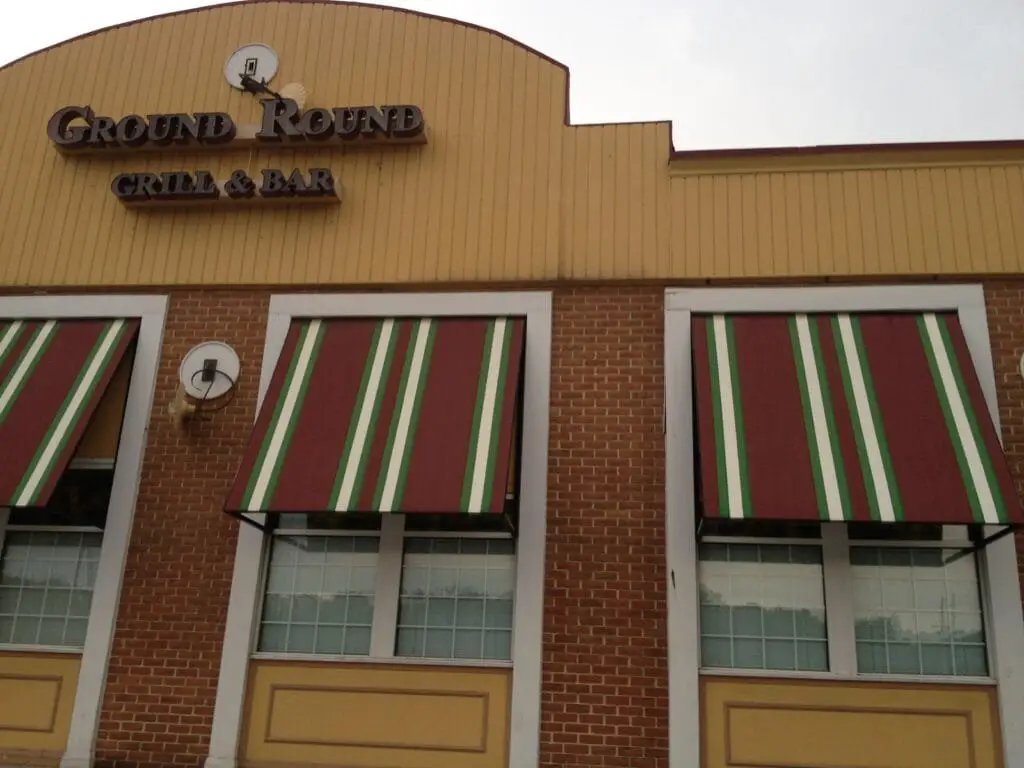
The Ground Round was all about fun. With its peanuts-in-the-shell (where it was totally okay to toss the shells on the floor), cartoons playing on projection screens, and a menu with something for everyone, it was a go-to spot for families. At its peak, it had over 300 locations, but by the mid-’90s, most had closed or rebranded due to financial struggles. A few locations still operate independently, but the days of peanut-covered floors and balloon-animal artists wandering through the dining room are long gone.
6. Chi-Chi’s: Fiesta of Flavor
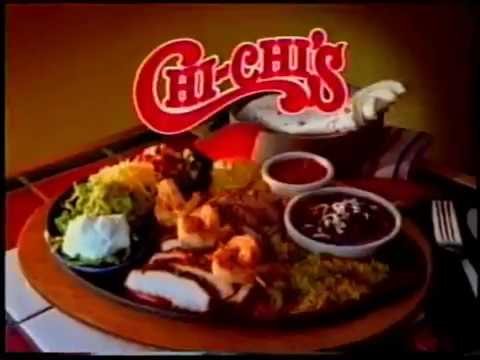
In the ‘70s and ‘80s, Chi-Chi’s was one of the hottest spots for Tex-Mex food. With sizzling fajitas, fried ice cream, and endless chips and salsa, Chi-Chi’s made Mexican food accessible and fun. It was the place for casual nights out or birthday dinners complete with giant sombreros. Unfortunately, after a major E. coli outbreak and subsequent lawsuits, Chi-Chi’s went bankrupt and closed its U.S. locations in the early 2000s. A few international locations still exist, but it’s not quite the same without the free-flowing margaritas and mariachi music.
7. Big Boy: The Iconic Mascot of Family Dining
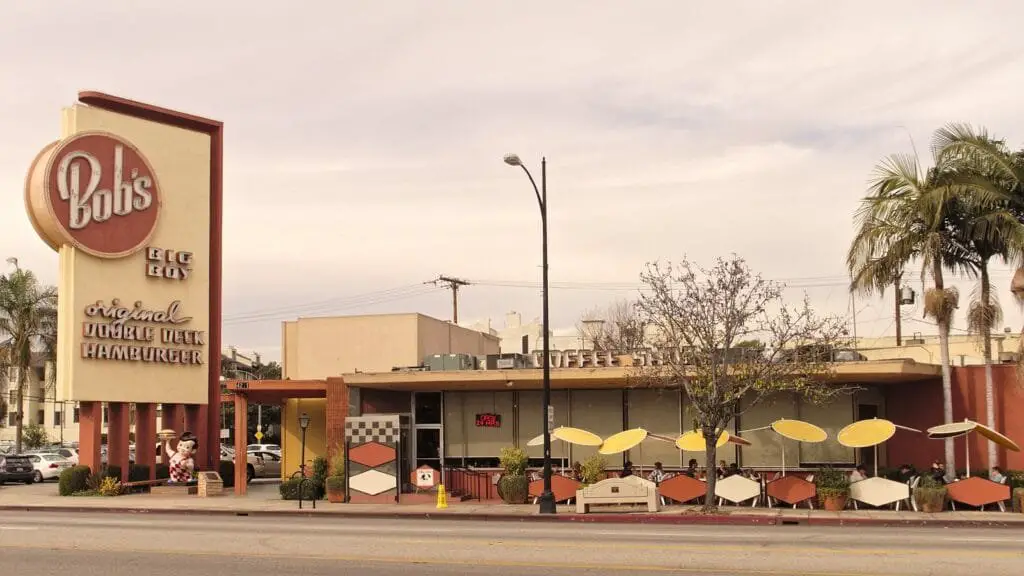
Who could forget the grinning, overall-clad Big Boy mascot holding up a massive double-decker burger? With its signature sandwiches and breakfasts, Big Boy was a popular spot for family meals and weekend brunches. Though the chain still exists today in a more limited form, many locations have closed, and its presence is much diminished. For those who grew up waving at the Big Boy statue outside, it’s a bittersweet reminder of meals shared with family at red vinyl booths.
8. Shakey’s Pizza Parlor: More Than Just Pizza
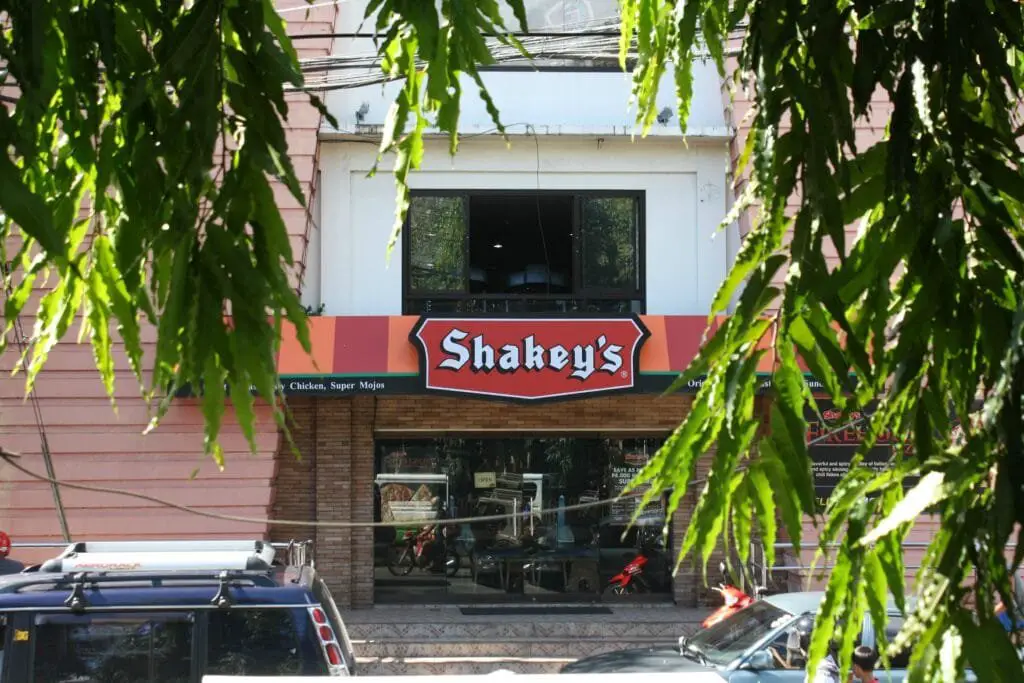
Shakey’s was more than a pizza place—it was a community hub. With its player pianos, hearty fried chicken, and ‘mojo’ potatoes, families flocked to Shakey’s for a fun night out. Kids would run to play arcade games while parents enjoyed live entertainment. It was a family dining experience like no other. While Shakey’s is still around in some places, it’s nowhere near as widespread or lively as it was in the ‘70s. Still, the smell of baking pizza can easily transport you back to those carefree, laughter-filled evenings.
9. Horn & Hardart: The Automat Experience
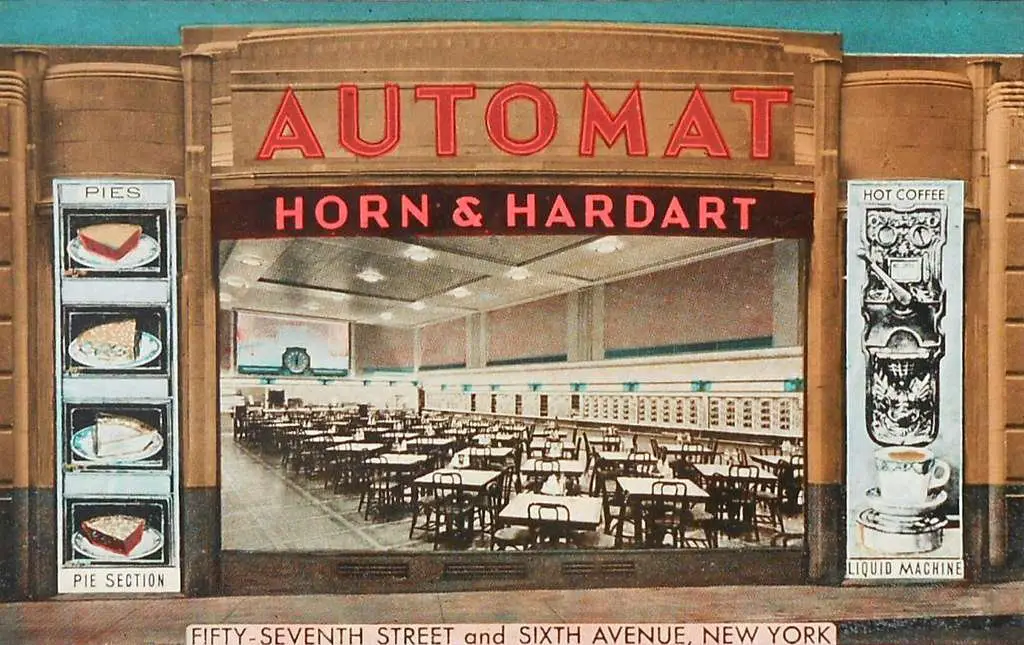
Although its popularity peaked earlier in the century, the last Horn & Hardart automats were still open in the ‘70s. Part diner, part vending machine, the automat was a novel concept where you could see your food behind a glass window, drop in a coin, and pull out a fresh sandwich or slice of pie. For kids, it felt like magic, and for adults, it was a quick, convenient way to grab lunch. By the late ‘70s, most of the locations had closed as fast-food giants took over, but the nostalgia for that unique dining experience lingers on.
10. Ponderosa and Bonanza Steakhouses: Cowboy Cuisine
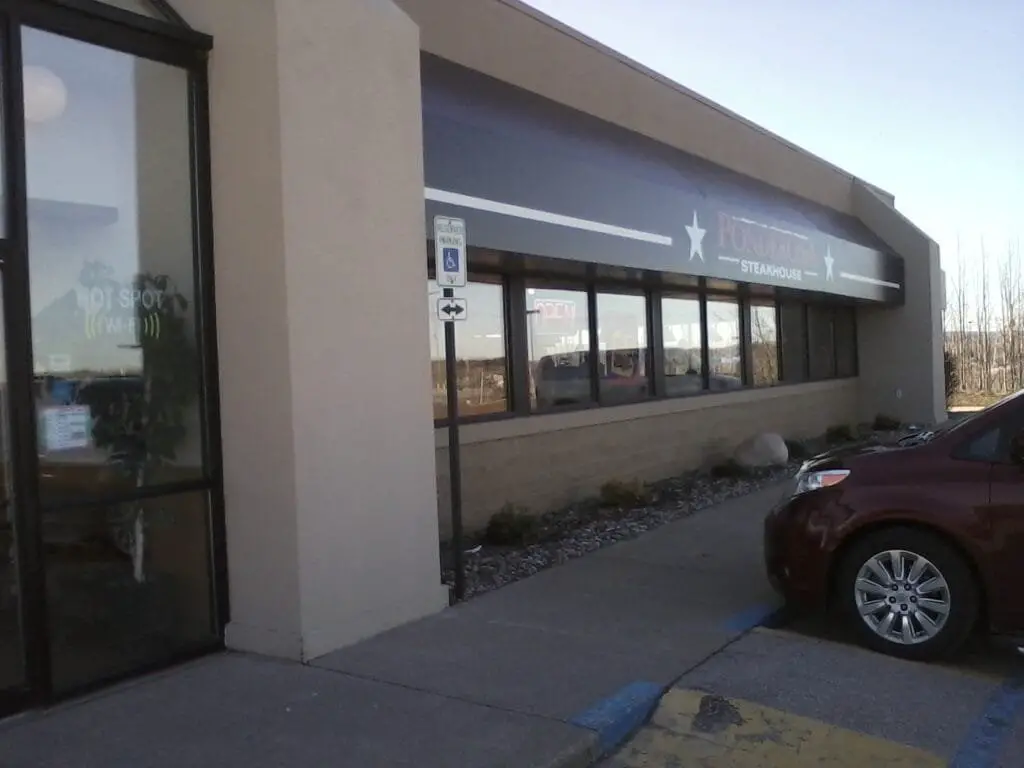
For those craving a hearty meal in the ‘70s, Ponderosa and Bonanza Steakhouses offered a taste of the Old West, complete with steaks, baked potatoes, and all-you-can-eat buffets. The chains were inspired by the hit TV show Bonanza, and each restaurant was a place where you could sit down for a family feast without breaking the bank. The chains merged in the ‘80s, but changing tastes and increased competition led to a steady decline. Today, only a handful remain, mostly in the Midwest.
11. Minnie Pearl’s Chicken: A Short-Lived Southern Delight
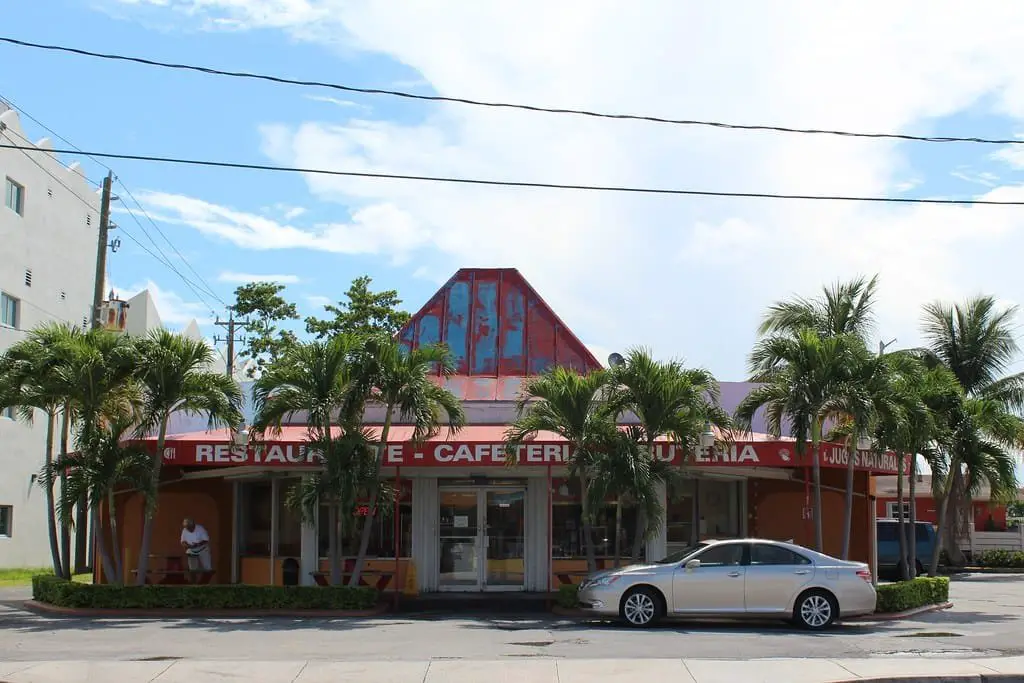
Inspired by the beloved country comedian Minnie Pearl, this fried chicken chain aimed to take on Kentucky Fried Chicken in the ‘70s. Known for its crispy chicken and down-home Southern charm, Minnie Pearl’s Chicken started with high hopes and rapid expansion. Unfortunately, the chain grew too fast, and quality control issues, coupled with a lack of cohesive management, led to its rapid downfall. By the late ‘70s, most of the locations had closed, making it one of the shortest-lived fast-food franchises of its time. But for those who experienced its brief run, it’s remembered fondly as a promising competitor that just couldn’t keep up with the Colonel.
12. Farrell’s Ice Cream Parlour: A Sweet Spot for Celebrations
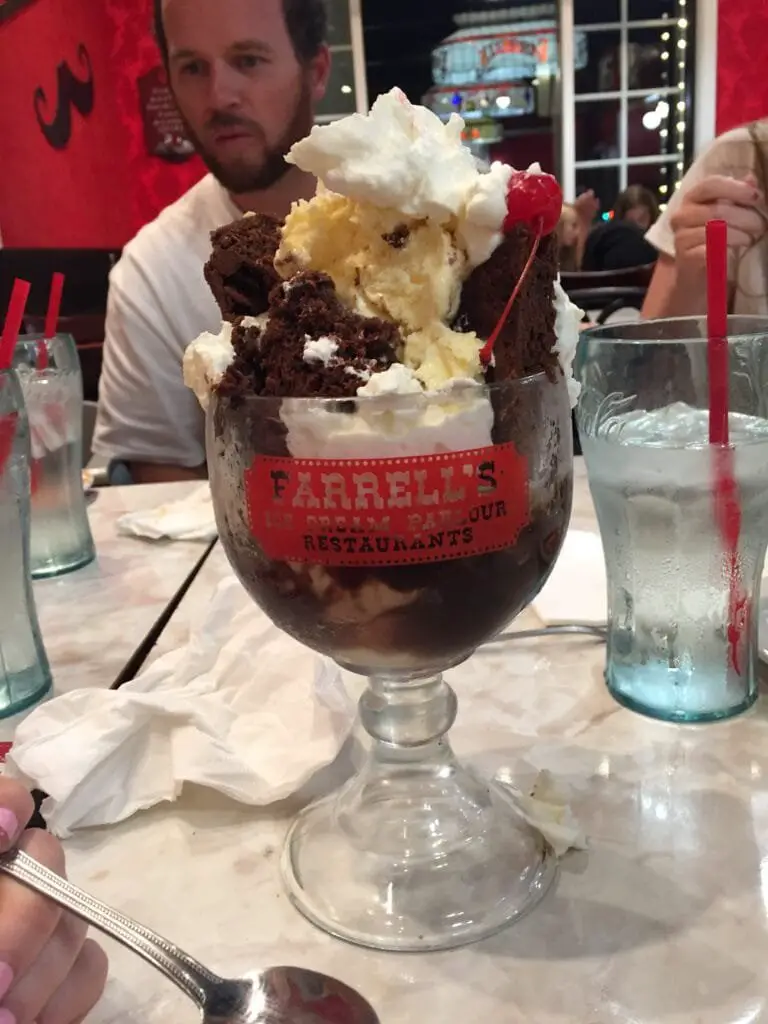
Farrell’s Ice Cream Parlour was the ultimate place to celebrate birthdays or any big occasion. Known for its over-the-top ice cream creations like the famous “Zoo” sundae—a giant bowl with sparklers and served by waiters running through the restaurant—it made every visit feel like a party. The clanging bells, toy trains, and festive atmosphere were as much a part of the experience as the ice cream itself. While Farrell’s thrived throughout the ‘70s, it struggled in the ‘80s and ‘90s, with most locations eventually closing. A few attempts were made to revive the brand, but none captured the magic of the original, leaving Farrell’s as a cherished memory of sweet, sugary joy.
Each of these restaurants offered a unique slice of American dining history. While many are no longer around, their legacies live on in the hearts of those who enjoyed their meals and the memories they created with family and friends.


